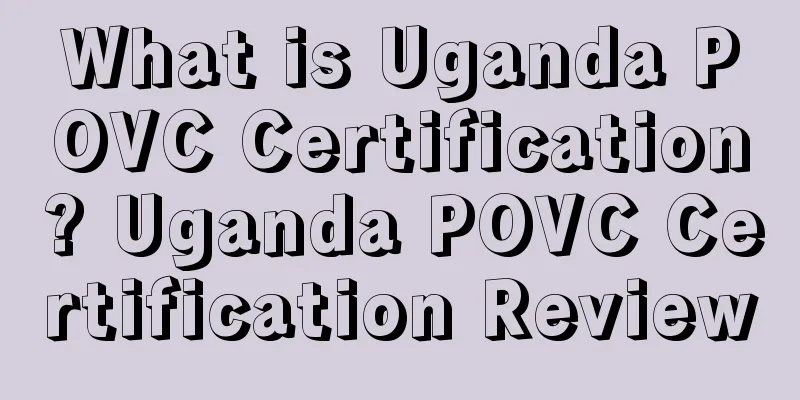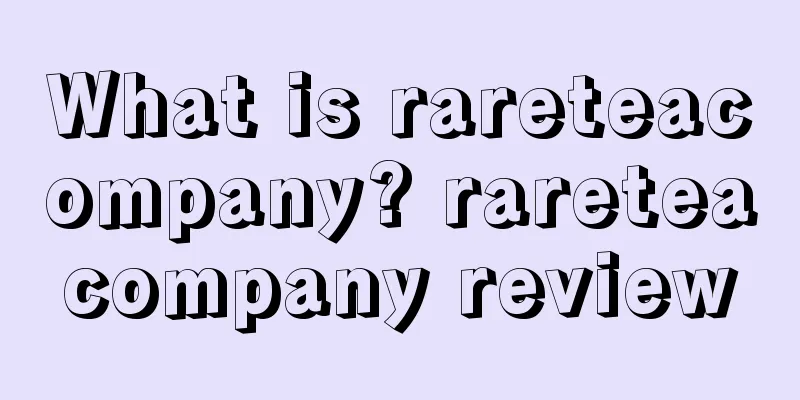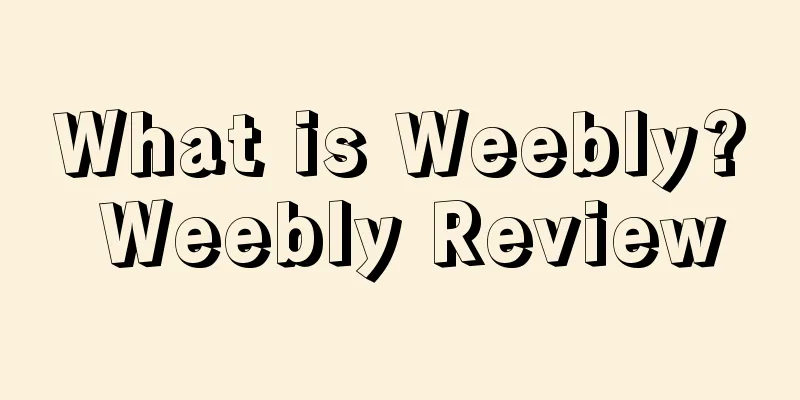What is Uganda POVC Certification? Uganda POVC Certification Review

|
In order to prevent substandard products from entering the country and ensure consumer safety, the Ugandan government officially implemented the mandatory PVOC compliance verification program in 2012. It requires that relevant products can only complete customs clearance after obtaining the COC certificate. Related Introduction: Certification type: 1. One-time COC customs clearance certificate 2. Registration certificate + COC customs clearance certificate 3. Type Certification + COC Customs Clearance Certificate Certification information: 1. Application Form 2. Invoice 3. Test Report 4. ISO 9001 certificate 5. Photos of products, packaging, marks, and labels 6. Packing List Certification Fee: Testing fee + certificate fee + service fee, the following is the detailed service fee
Product Range: 1. Toys include all items for children to play with, dolls, wheeled toys, puzzles, etc. 2. Electrical and electronic equipment, including solar equipment, including all kinds of equipment related to, producing or operating electricity. Including all machinery, IT equipment (computers, printers, scanners, hard drives, processors, servers, motherboards, memory sticks, routers, storage media, etc.), home appliances and kitchen appliances, music and sound systems, audio and video instruments, communication systems and gadgets, lighting equipment, wiring equipment, batteries, connectors, switches, circuit breakers, motors, generators, transformers, drives, electric hand tools, refueling devices, televisions and television equipment, salon equipment, amusement machines and personal service equipment, all solar equipment, etc. 3. Vehicles and related products, all items/equipment related to automobiles, other vehicles and bicycles, including spare parts, automobile batteries, tires and tire inner tubes, bicycles, parts related to agricultural machinery, spark plugs, etc. 4. Chemical products, all purified or prepared substances, especially those artificially purified or prepared. This includes all cosmetics, perfumes, water treatment chemicals, fertilizers, pesticides, insecticides, herbicides, fungicides, household chemicals such as soaps and detergents, lighters, matches, candles, petroleum products, oils, fuels, hygiene products, cigarettes, baby bottles, baby products, kitchen utensils, adhesives, paints, chalk, waxes and polishes, etc. 5. Mechanical materials and gas appliances, including all items used in engineering, machinery and/or construction. This group covers hardware materials, conduits and fittings, metal products, roofing materials, measuring equipment, building stones, ceramic products, pipes, taps, steel, aluminum and iron products, LPG cylinders, keys and locks, curtain rails and fittings, air compressors, products for construction, etc. Gas appliances include heaters, cookers, gas cylinders, stoves, hurricane lanterns, etc. 6. Textile, leather, plastic and rubber products, including items made of textiles, plastic, leather and rubber. For example, mosquito nets, bed sheets, hair extenders, plastic furniture, etc. 7. Furniture (wood and metal products), including all school furniture, made of wood, bamboo and metal products. Sheets, strips, veneers, fiberboard, densified wood, etc. 8. Paper and stationery, including paper products, writing paper, copy paper, bond paper, toilet paper, writing materials, slate and board, stationery, etc. 9. Protective safety equipment, including items worn or otherwise used for personal protection. Examples include gloves, car seat belts, shoes, helmets, firefighting equipment, blankets, electronic safety equipment, fire alarms, etc. 10. Food and food products, including all raw or processed edible products, and articles used to prepare these products. |
<<: What is GlowRoad? GlowRoad Review
>>: What is xbniao.com? Review of xbniao.com
Recommend
What is the Dongguan City Trademark Brand Strategy Special Fund Management Measures? Dongguan City Trademark Brand Strategy Special Fund Management Measures Evaluation
In order to implement the trademark brand strategy...
What is Wish Five-Star Program? Wish Five-Star Program Review
The Wish Five-Star Plan was announced at the "...
What is Spring? Spring Review
Spring was founded in New York in 2013 as an e-com...
What is Dojo? Dojo Review
Dojo is an Amazon A/B testing tool that can test u...
What is the Inventory Performance Index (IPI)? Inventory Performance Index (IPI) Evaluation
The Inventory Performance Index is an inventory pe...
What is Jeff Bezos (Brother-in-law)? Jeff Bezos (Brother-in-law) Review
Jeff Bezos (brother-in-law) is an American technol...
With the door to investment opening in the second half of the year, is the sudden drop in storage capacity due to Amazon’s “ulterior motives”?
It is learned that the Ministry of Commerce held a...
What is ETD? ETD Review
ETD is the acronym for Estimated Time of Departure...
What is Globalfreepay? Globalfreepay Review
Global Free Payment is a one-stop cross-border pay...
Amazon's new policy catches sellers off guard as listings are turned into fakes
Amazon announces: 100+ new product types and attr...
Amazon sellers' products are suddenly removed from the shelves? Avoid these common sensitive words!
Many sellers’ products were removed from Amazon fo...
What is Wish product selection tool? Review of Wish product selection tool
Wish is a cross-border e-commerce big data analysi...
Shein surpasses Amazon in Q2 to become the most downloaded shopping app in the United States!
It is learned that data from Sensor Tower shows th...
What is KaboomPics? KaboomPics Review
KaboomPics is a free high-quality image material w...
The commonly used keyword "100%" has been registered as a trademark? A large number of sellers are facing the risk of infringement
A MZ123 observed that recently an explosive news h...









